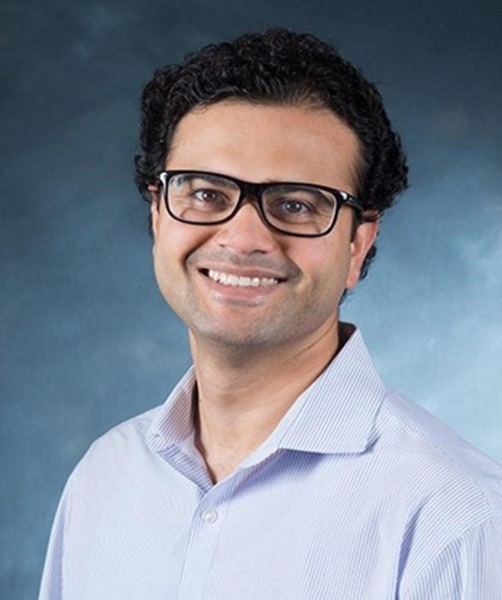Boston College researchers have developed a new tool that can be used to develop novel biotherapeutics and protein-based research tools: the ability to modify proteins using a mild charge of electricity precisely.
 Boston college professor of chemistry Abhishek Chatterjee and colleagues used a mild charge of electricity to precisely modify proteins at a predefined site, revealing a new tool that can be used to develop novel biotherapeutics and protein-based research tools, the team reported recently in the Journal Nature Chemistry. Image Credit: Boston College
Boston college professor of chemistry Abhishek Chatterjee and colleagues used a mild charge of electricity to precisely modify proteins at a predefined site, revealing a new tool that can be used to develop novel biotherapeutics and protein-based research tools, the team reported recently in the Journal Nature Chemistry. Image Credit: Boston College
The group, led by BC professors of chemistry Eranthie Weerapana and Abhishek Chatterjee, created and refined a novel electrochemical protein labeling reaction known as “eCLIC,” which allows for the precise modification of 5-hydroxytryptophan (5HTP) residues that are incorporated into specific sites on a variety of proteins, including full-length therapeutic antibodies.
We used this strategy to generate many site-specific protein conjugates, including an antibody-cytotoxic drug conjugate that selectively enters and kills cancer cells, but not non-cancer cells. A key advantage of eCLIC is the reagents needed for this method are really inexpensive, costing less than $10 a gram.”
Abhishek Chatterjee, Professor, Boston College
According to their study, “Electrochemical labeling of hydroxyindoles with chemoselectivity for site-specific protein bioconjugation,” the team’s achievement represented the first instance of site-specific protein modification achieved through electrocatalysis.
According to Chatterjee, proteins are big molecules comprising hundreds of amino acid monomers. For many applications, the capacity to modify proteins only at specific sites is crucial. For instance, it has been possible to selectively deliver toxic drugs to cancer cells by covalently attaching them to antibodies. This has improved therapeutic efficacy and decreased off-target toxicity.
Biophysical probes must also be attached to different proteins for several research applications. According to Chatterjee, identifying the location of protein modifications is essential to preventing the disruption of crucial protein functions.
Chatterjee stated, “The challenge arises from the fact that all proteins are made from 20 amino acids in various combinations. Identifying a modifiable functionality at the desired site, not repeated elsewhere, is typically challenging, which makes it difficult to achieve site-specificity in protein modification.”
To overcome these obstacles, the group worked on creating a technique that would allow a non-natural amino acid to be added to a protein at any desired location. The scientists achieved this by modifying the cell’s translation machinery to accept the new amino acid 5HTP.
Furthermore, in the presence of all-natural amino acids, the researchers aimed to create chemical reactions that could be used to alter this non-natural amino acid specifically.
“If we could do this, we could provide a general method to generate proteins with a built-in 'attachment-handle' at a predefined site. In particular, we were interested in developing a reaction that would use electricity to catalyze the protein modification reaction, instead of chemical catalysis, since the former is inexpensive, environmentally friendly, and gentle on delicate proteins,” Chatterjee further stated.
This technology has been licensed to BrickBio, Inc., a company that Chatterjee co-founded, to further advance the eCLIC strategy for large-scale modification of significant protein targets. Next-generation, site-specifically modified protein-based biotherapeutics and research reagents will be the main focus of future investigations.
Source:
Journal reference:
Loynd, C., et al., (2024) Electrochemical labelling of hydroxyindoles with chemoselectivity for site-specific protein bioconjugation. Nature Chemistry. doi.org/10.1038/s41557-023-01375-y